- Most viewed
- Last viewed
Latin American Architecture Biennale. BAL 2021
On 4 and 5 October, the UIC Barcelona School of Architecture will host the Barcelona extension of the Latin American Architecture Biennale – BAL 2021, organised by the Association for Strategic Reflection on Architecture (AREA), in association with the Pamplona City Council, the Vasco-Navarro College of Architects, the Government of Navarre and the Spanish Ministry of Development.
The event will include two on-site sessions, open to the public, in which a group of Latin American architects under the age of 40 will present both their lines of work and architectural output. The aim of these sessions is to introduce the public to emerging Latin American architecture and generate a platform for exchange between students, teaching staff and Catalan and Latin American architects.
This is the second BAL extension organised by the UIC Barcelona School of Architecture, following the edition held in 2019, both coordinated by the assistant director of Institutional Relations, Iñigo Ugalde.
All conferences will be streamed online.
Access link to the sessions on 4 October.
Access link to the sessions on 5 October.
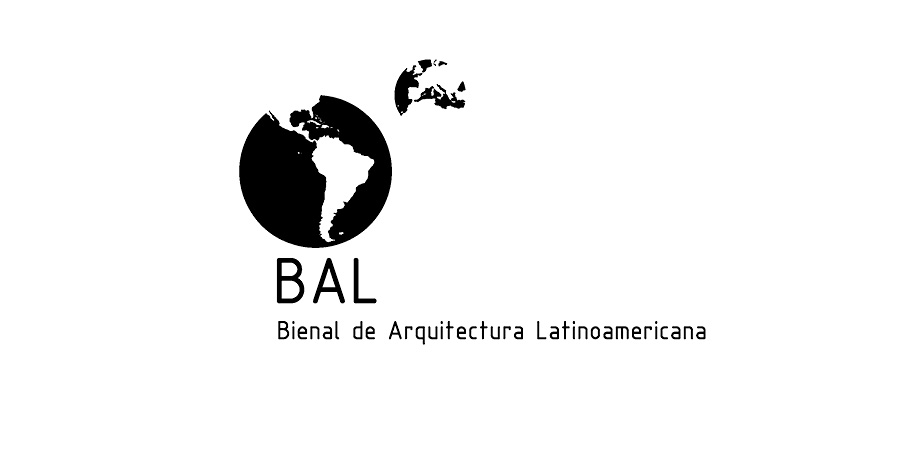
Programme
Monday 4 October:
Marta Maccaglia (Peru)
Founder of the Semillas Association (Peru), she specialises in the development of educational, academic and research spaces in emerging contexts within the Peruvian Amazon and human settlements in Lima. She acts as project representative in Peru for the Italian NGO CPS (Comunità Promozione e Sviluppo) and teaches in the Faculty of Architecture at the University of Sciences and Arts of Latin America (UCAL). She holds a master’s degree in Interior Architecture and Exhibition Spaces from Sapienza in Rome (Italy). Her projects have earned her several awards and been exhibited at the architecture biennales in Venice, Quito and Rosario. She also won the 2018 World Prize in Sustainable Architecture, awarded in Paris by the Cité de l'architecture and sponsored by UNESCO.
Semillas is a non-profit organisation made up of volunteers and an inter-disciplinary team of architects and cooperation project specialists. Together, they carry out architecture projects in schools and places of public interest, most of which are located in rural areas of the Peruvian Amazon. Since it was founded, Semillas has constructed eight schools, a community centre and two student residences, benefiting thousands of girls and boys through cooperation projects that involve governmental, non-governmental and civil institutions.
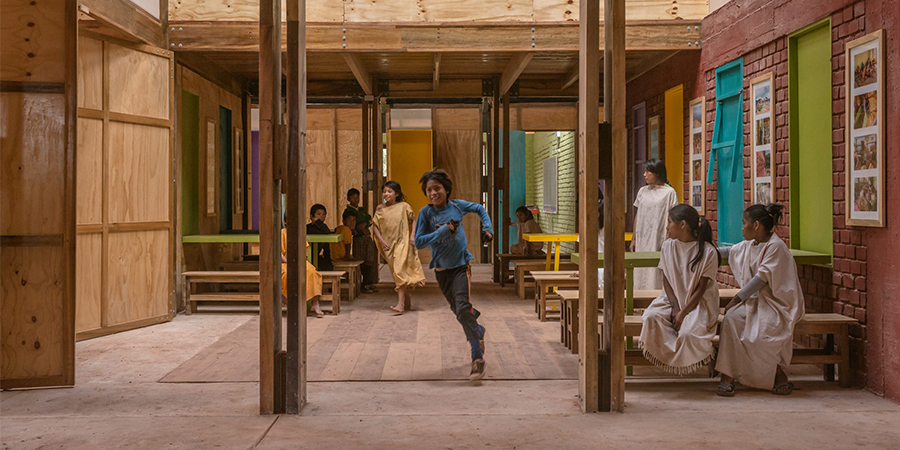
TATŪ Arquitectura (Uruguay)
TATŪ Arquitectura was formally established in 2016 by Leandro Alegre, Horacio Goday and Martín Olivera, all young architects who believe that their endeavours are crucial to encouraging human development through the built environments in which they work. They believe that critical and abstract production can yield innovative results in line with a contemporary view of the architectural discipline.
According to them, an office is the result of a collective professional training process which draws from the personal development of each of the partners, through ongoing academic training, professional experience and participation in the field of teaching.
To them, all commissions as unique, and they work to ensure that each of them incorporates their own distinguishing traits. They feel that design, technology, innovation and the construction process represent opportunities to explore new ways of understanding the relationship between the architect and spaces for personal and collective development.
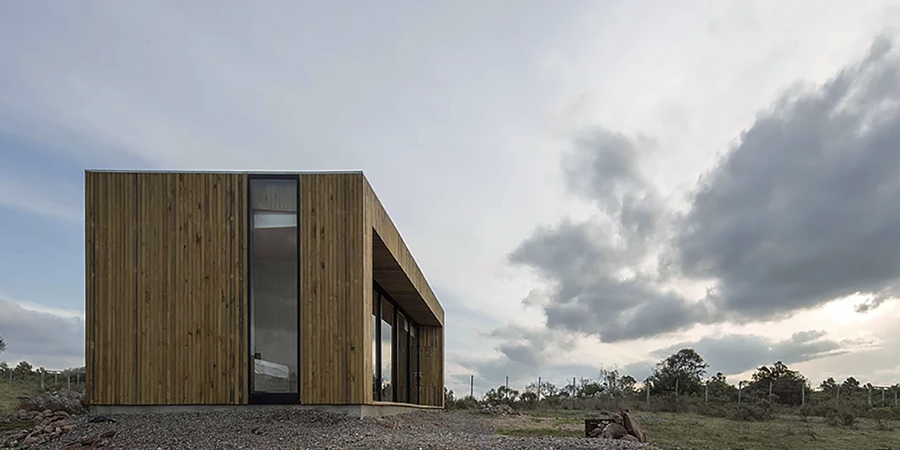
Agustín Lozada (Argentina)
Holder of a degree in Architecture from the Faculty of Architecture, Urbanism and Design (FAUDI) at the National University of Córdoba (UNC). In 2007, he founded the studio of the same name, which remains active today. Also, in 2014, he founded, along with two other partners, a construction company called Orange Obras Civiles, which specialises in reinforced concrete structures of different scales and functions, both in the public and private sphere. Orange OC has successfully completed more than 110 works, with a built area of over 80,000 m2.
One of the defining features of his architecture is the relationship between the projects and their natural and physical surroundings. His projects are characterised by their regionalist influence and careful consideration for the shapes and layouts. Another notable characteristic of his designs is his determination to simplify solutions and streamline processes.
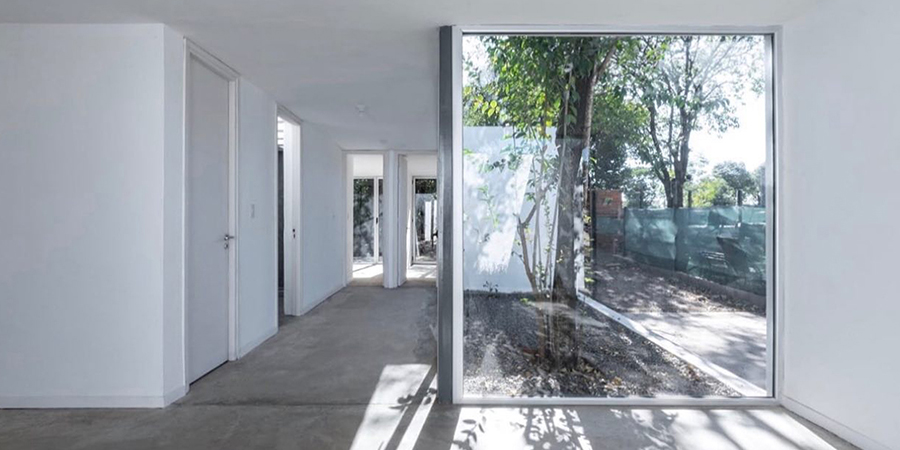
Tuesday 5 October:
Huarte & Pugliese Associated Architects (Gabriel Huarte / Fabrizio Pugliese) (Argentina)
Studio formed by Gabriel Huarte and Fabrizio Pugliese, their activity revolves around professional practice and teaching, with works and commissions of varying scales and programmes. They design structures that are flexible and dynamic in their composition and action, making them adaptable to the needs of each commission, adding and pairing fused and interactive sub-structures. In their work, experimentation and exploration take priority in the design processes, in their approach to both theory and the project, as well as technical aspects and construction.
Gabriel Huarte and Fabrizio Plugiese studied architecture in the Faculty of Architecture, Design and Urbanism at the University of Buenos Aires, where they both currently teach.
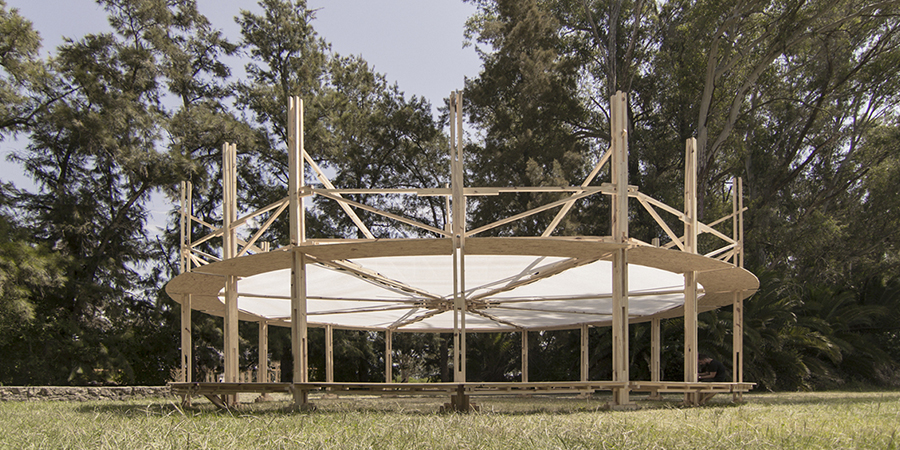
sauermartins (Brazil)
This studio, based in Porto Alegre (Brazil), was founded by Cássio Sauer and Elisa T. Martins and develops projects of different scales and programmes. They regard architecture as an instrument capable of transforming realities. In association with other architects and studios, they have earned recognition in various architecture and urban design competitions.
sauermartins took part in the 16th Venice Architecture Biennale (2018), in which their work was featured in both the Y.A.L.A. Young Architects in Latin America Exhibition and the Brazilian Pavilion, as part of the exhibit Walls of Air.
Cássio Sauer (1984) and Elisa T. Martins (1985) work in both the professional and academic realms, with backgrounds that complement each other in their efforts to bridge the gap between theory and practice. They both graduated from the Federal University of Rio Grande do Sul and took part in the mobility programme at the University of Porto (Portugal).
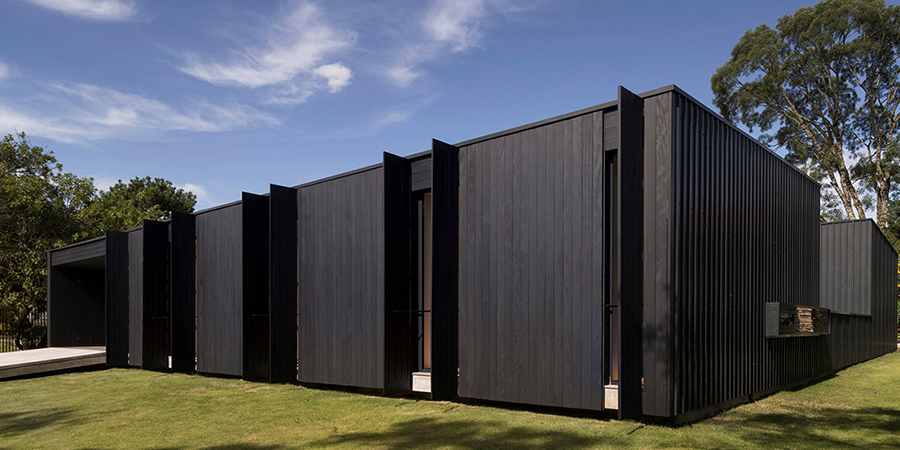
Guest speaker: Barclay & Crousse (Peru)
This studio was founded in 1994 in Paris by Sandra Barclay and Jean Pierre Crousse. Since 2006, the studio has been based in Lima and continues its activity in France in association with the Parisian studio Atelier Nord Sud. To Barclay & Crousse, their projects are part of a design laboratory that explores the links between landscape, climate and architecture, in efforts to challenge the notions of technology, usage and quality of life in the specific context of developing countries.
Their work has earned them the 2018 Mies Crown Hall Americas Prize and the first Oscar Niemeyer Award, among other international accolades. They were also awarded the 2013 Latin America Prize, from the International Committee of Architectural Critics (CICA), as well as the National Peruvian Architecture Prize in 2014 and 2018. Their projects have been exhibited and published around the world, including in the main exhibition at the 16th Venice Biennale.
Sandra Barclay and Jean Pierre Crousse served as curators for the Peruvian Pavilion at the 15th Venice Biennale in 2016.
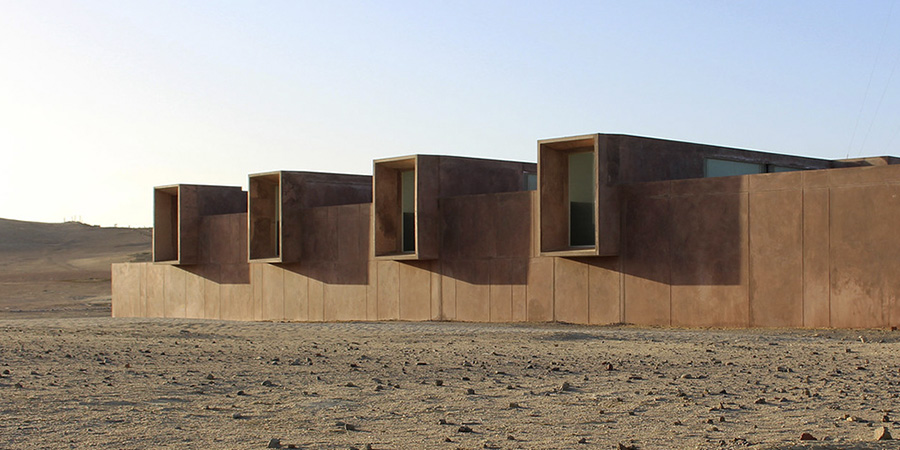
Organizing entities:


Board of trustees:




